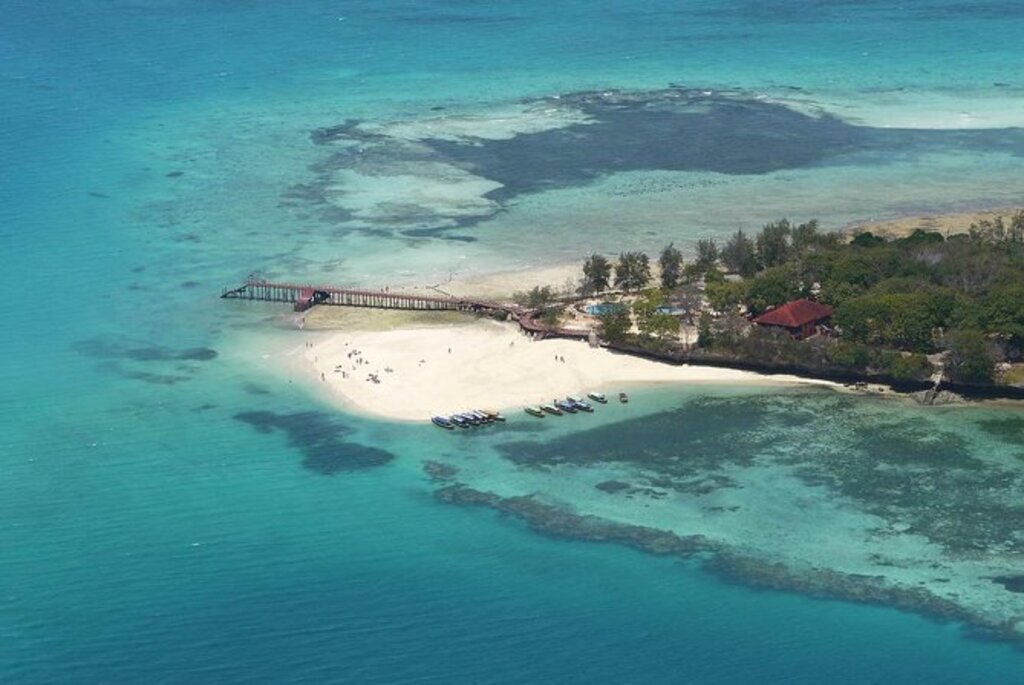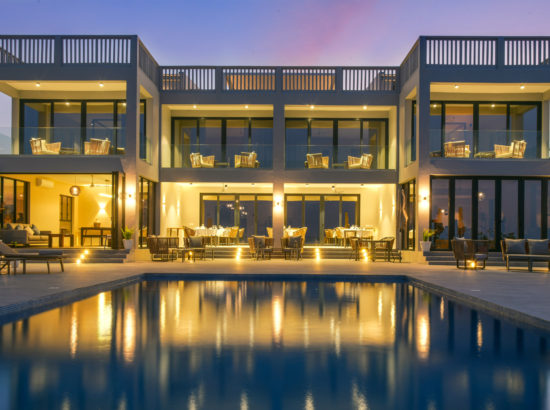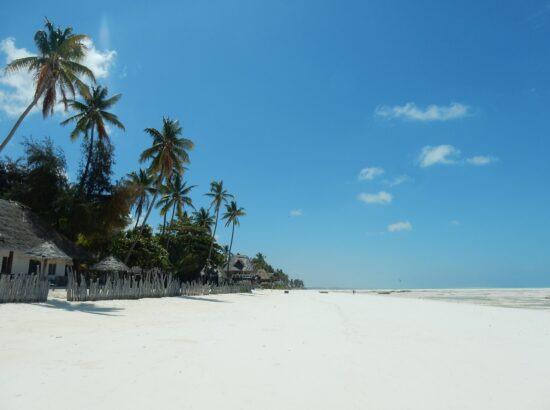What makes Stone Town a must see?
Stone Town is a UNESCO World Heritage Site since 2000 but it began with a sad history, being the base of the Arab slave trade, which dates back to the early 19th century. As a trade centre for slaves and spices, it has a unique mixture of Arab, Persian, Indian, and European influences. Stone Town is in fact the oldest living Swahili Town on the East Coast. Due to monetary input from UNESCO, some of these beautiful buildings have been restored to their former glory.
The buildings of Stone Town, in the way they are built, reflect a complex fusion of Swahili, Indian, Arab and European Influences. Upon entering the buildings through an elaborate Zanzibarian door, the two-storey houses have rooms surrounding a courtyard in the middle. They often have narrow balconies and steep wide staircases to the upper floor and roof terrace. The design reminds me of Marrakesh, with both Arabic and European influence, and were obviously built to avoid the heat from the scorching sun. The rooms are normally quite small in the Stone Town buildings but had rather ornate interiors.
The main buildings of Stone Town were built between the 18th and 19th century. They include the beautiful Old Fort, which was built on the site of an earlier Portuguese church. The Palace of the Sultan Barghash which was also built in this time and was named the House of Wonders as it was the first to have electricity and an elevator in East Africa. Unfortunately, on December 2020 a portion of the building collapsed and caused the death of two people. The building was in the middle of a 6-million-dollar refurbishment. Restoring the building to its former glory will now take much longer.
Other buildings built at this time include the Old Dispensary, which is located on the seafront. It owes its name to the fact that it served as a dispensary for the first half of the 20th century. It is a beautiful building with carved wooden balconies and stained-glass windows which show its Indian Influence. Another noteworthy building is St Joseph’s Catholic Cathedral. The Cathedral was built by French missionaries between 1893 and 1898, the design being built in the same style as the Marseille Cathedral. In fact, it is simply a smaller version.
Other churches in Stone Town include the Christ Church Anglican which commemorates David Livingston’s work in abolishing the slave trade. It was built on the site of the old slave market and is one if the most prominent examples of early Christian architecture in East Africa. There are many mosques in Stone Town including the Malindi Bamnara Mosque, built in 1834 by a wealthy merchant trader from Somalia, which has a unique architectural form where the minaret is built in a cone shape on top of a square base.
Stone Town is the perfect reflection of the longstanding trading activities between African and Asian seaboards. The buildings together with the narrow winding streets lined with street vendors and the large mansions facing the ocean makes Stone Town a must see when visiting Zanzibar.



